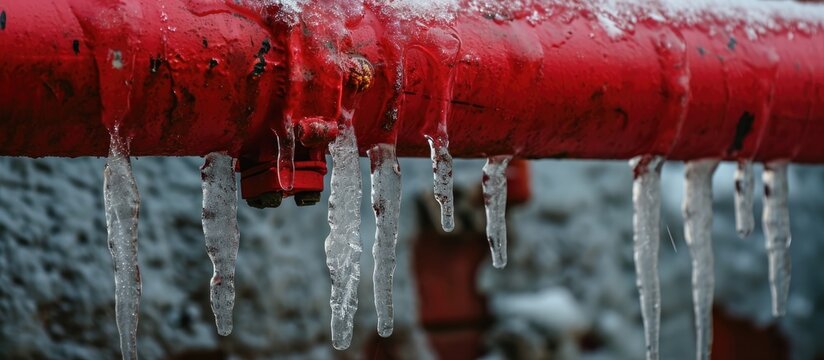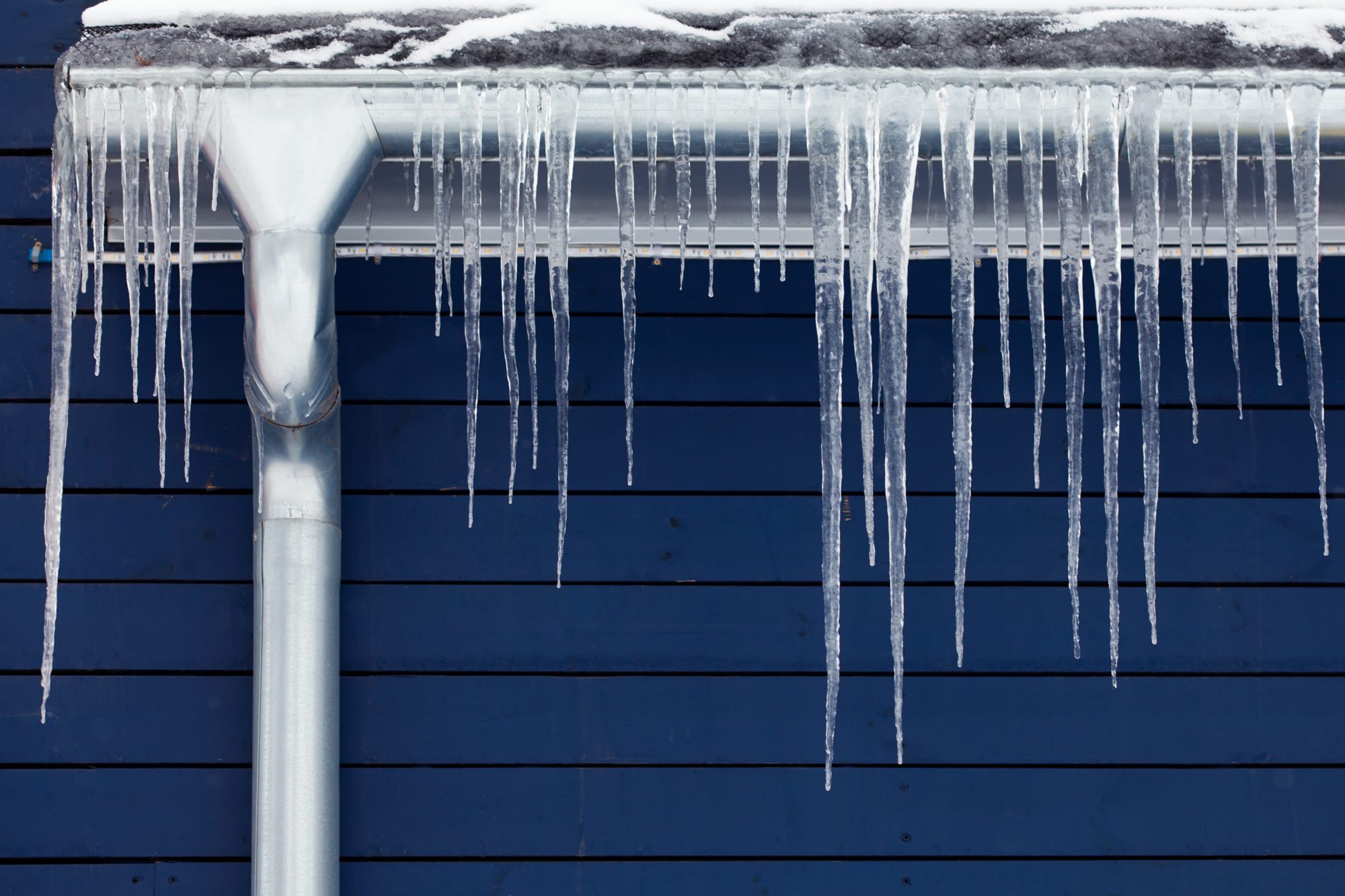Preventing Frozen Plumbing: Best Tips for Winter
Preventing Frozen Plumbing: Best Tips for Winter
Blog Article
What're your thoughts about How to prepare your home plumbing for winter weather?

Winter can damage your plumbing, especially by freezing pipes. Here's how to avoid it from happening and what to do if it does.
Introduction
As temperature levels drop, the danger of icy pipes rises, potentially causing costly repair services and water damage. Comprehending just how to prevent frozen pipelines is essential for property owners in chilly climates.
Comprehending Icy Pipes
What creates pipes to freeze?
Pipes freeze when revealed to temperature levels listed below 32 ° F (0 ° C) for prolonged durations. As water inside the pipes freezes, it expands, putting pressure on the pipeline wall surfaces and potentially creating them to burst.
Risks and damages
Frozen pipes can cause water system interruptions, property damages, and expensive repairs. Burst pipelines can flood homes and create substantial structural damages.
Indications of Frozen Pipeline
Identifying frozen pipelines early can prevent them from breaking.
Just how to determine frozen pipes
Look for lowered water flow from faucets, uncommon smells or noises from pipelines, and visible frost on exposed pipelines.
Prevention Tips
Protecting at risk pipes
Wrap pipelines in insulation sleeves or make use of warmth tape to secure them from freezing temperatures. Focus on pipes in unheated or external locations of the home.
Heating techniques
Maintain interior rooms effectively heated, particularly locations with pipes. Open cupboard doors to enable cozy air to circulate around pipes under sinks.
Safeguarding Exterior Pipes
Yard tubes and outdoor faucets
Disconnect and drain garden pipes before winter season. Install frost-proof faucets or cover outdoor taps with protected caps.
What to Do If Your Pipelines Freeze
Immediate actions to take
If you think frozen pipes, maintain faucets available to ease stress as the ice thaws. Make use of a hairdryer or towels soaked in warm water to thaw pipelines slowly.
Long-Term Solutions
Architectural changes
Consider rerouting pipelines away from exterior walls or unheated locations. Add additional insulation to attic rooms, basements, and crawl spaces.
Updating insulation
Buy premium insulation for pipes, attics, and walls. Appropriate insulation aids preserve constant temperatures and minimizes the danger of frozen pipelines.
Final thought
Avoiding frozen pipelines requires proactive actions and fast feedbacks. By recognizing the reasons, signs, and safety nets, home owners can safeguard their pipes throughout cold weather.
5 Ways to Prevent Frozen Pipes
Drain Outdoor Faucets and Disconnect Hoses
First, close the shut-off valve that controls the flow of water in the pipe to your outdoor faucet. Then, head outside to disconnect and drain your hose and open the outdoor faucet to allow the water to completely drain out of the line. Turn off the faucet when done. Finally, head back to the shut-off valve and drain the remaining water inside the pipe into a bucket or container. Additionally, if you have a home irrigation system, you should consider hiring an expert to clear the system of water each year.
Insulate Pipes
One of the best and most cost-effective methods for preventing frozen water pipes is to wrap your pipes with insulation. This is especially important for areas in your home that aren’t exposed to heat, such as an attic. We suggest using foam sleeves, which can typically be found at your local hardware store.
Keep Heat Running at 65
Your pipes are located inside your walls, and the temperature there is much colder than the rest of the house. To prevent your pipes from freezing, The Insurance Information Institute suggests that you keep your home heated to at least 65 degrees, even when traveling. You may want to invest in smart devices that can keep an eye on the temperature in your home while you’re away.
Leave Water Dripping
Moving water — even a small trickle — can prevent ice from forming inside your pipes. When freezing temps are imminent, start a drip of water from all faucets that serve exposed pipes. Leaving a few faucets running will also help relieve pressure inside the pipes and help prevent a rupture if the water inside freezes.
Open Cupboard Doors
Warm your kitchen and bathroom pipes by opening cupboards and vanities. You should also leave your interior doors ajar to help warm air circulate evenly throughout your home.

I stumbled upon that write up about Winter Plumbing Precautions: Preventing Frozen Pipes when doing a search on the internet. Appreciated our review? Please quickly share it. Help somebody else check it out. I am grateful for being here. Return soon.
Request Free Estimate Report this page